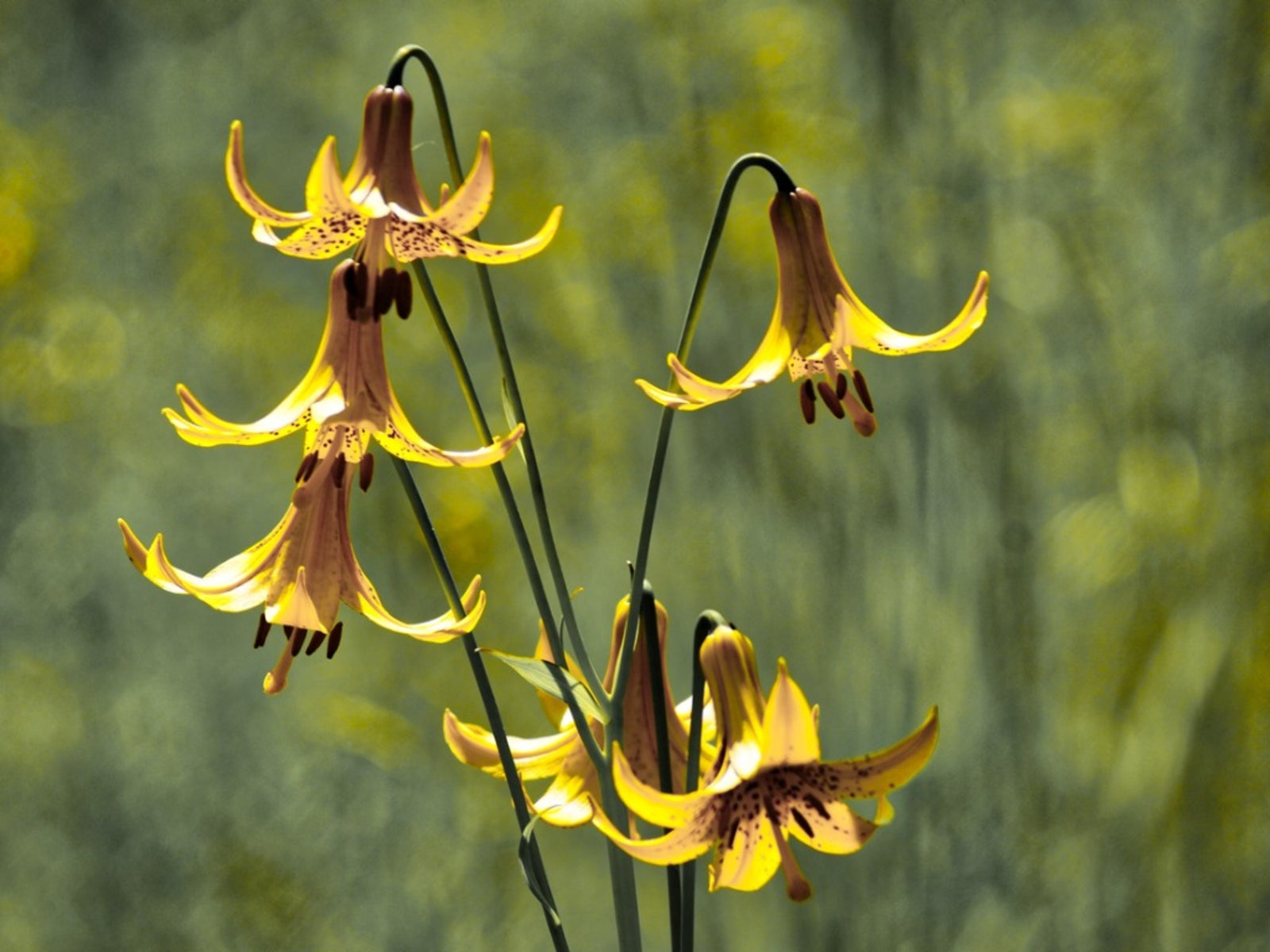Canada Lily Wildflowers – How To Grow Canada Lilies In Gardens


Also known as wild yellow lily or meadow lily, Canada lily (Lilium canadense) is a stunning wildflower that produces lance-shaped leaves and enchanting yellow, orange, or red, trumpet-shaped flowers in midsummer. Wondering how to grow Canada lilies in your garden? Read on to find out.
Wild Yellow Lily Information
Canada lily wildflowers, native to the eastern areas of Canada and the United States, are hardy plants that grow in USDA growing zones 3 through 9. The plants, which reach mature heights of 2 to 5 feet (0.5 to 1.5 m.), are commonly found growing along roadsides, in moist meadows, and woodlands, along streams, or in marshy areas. The nectar from the fragrant blooms is highly attractive to hummingbirds, butterflies, and bees.
Canada Lily Propagation
Although it isn’t difficult to plant Canada lily seeds, expect to wait five or six years for the plants to bloom. Purchase seeds or just let the pods dry on the plant in autumn. Save the dry seeds for planting the following spring. The easiest (and fastest) way to start Canada lilies in your garden is to plant bulbs, which are available at garden centers that specialize in native plants or wild lilies. You can also purchase Canada lily bulbs online. Canada lily propagation can also be accomplished by dividing rhizomes or offsets.
How to Grow Canada Lilies in the Garden
Canada lily cultivation isn’t all that complicated. Canada lily wildflowers prefer sun or partial shade and loamy, slightly acidic soil, much like that of their native woodland homes. Good drainage is critical for successful Canada lilies. If your soil doesn’t quite fill the bill, mix several inches (5 to 12.5 cm.) of compost, mulch, or another organic material into the top of the soil. Plant Canada lily bulbs twice their depth, which generally means each bulb should be covered with about 4 inches (10 cm.) of soil. Space the bulbs 12 to 15 inches (30.5 to 45.5 cm.) apart. A layer of bark chips or other mulch does the plant a world of good. Apply mulch in late spring, and then, if possible, refresh the mulch in midsummer. You can also fertilize the plant at these times. Experts recommend using a fertilizer formulated for potatoes or tomatoes, which has all the nutrients required by lily wildflowers. Water the area regularly at soil level to keep the soil moist but not drenched. Do your best to keep the foliage dry and beware of overwatering. Canada lily wildflowers thrive in moist, but not soggy soil.
Gardening tips, videos, info and more delivered right to your inbox!
Sign up for the Gardening Know How newsletter today and receive a free copy of our e-book "How to Grow Delicious Tomatoes".

A Credentialed Garden Writer, Mary H. Dyer was with Gardening Know How in the very beginning, publishing articles as early as 2007.
-
 Try The Trend – Turn Any Bed Into A Keyhole Garden With This Clever In-Ground Composter
Try The Trend – Turn Any Bed Into A Keyhole Garden With This Clever In-Ground ComposterKeyhole gardening is an efficient and sustainable practice that saves space. Get started on this DIY project quickly and easily with an in-ground composter.
By Bonnie L. Grant
-
 4 Superfast Composting Methods: Turn Waste Into Garden Gold In 30 Days Or Less
4 Superfast Composting Methods: Turn Waste Into Garden Gold In 30 Days Or LessTry the fastest composting methods to turbocharge your pile and transform kitchen scraps and garden waste into finished compost in just a few weeks.
By Mary Ellen Ellis